Good morning everyone,
I hope you are all doing well and are having a great Saturday morning. I recently had the pleasure of having one of you reach out to me about writing a guest blog post. I am happy to provide for you the article that Alice from Tidy Home wrote about home offices. With a great deal of the workforce transitioning to home offices this is a great article. Alice shares a great deal of ideas here and she also shares tips on her page about how to rid your house of allergens! Something that we all can agree is helpful. Enjoy Alice’s article below!
Telecommuting has become popular in this digital age where businesses are connected online. In the next few years, half of employees are expected to work remotely. Perhaps you already do work from home — from bed or the couch in your PJs. Without a physical office to work in, your home is your office, which means that you need a designated space to enhance productivity and to give you structure. If you’re having trouble getting started and space is at a minimum, here are some money-saving tips to get you on the right track.
Office Supplies
Every office needs basic supplies like pens, paper, and a stapler. However, don’t forget the other things that you might need occasionally, such as envelopes, a printer/copier, and a high-speed modem and router. Before you shop around at local retailers, look for coupons or and cashback opportunities online from retailers like Best Buy. For example, you can give your budget breathing room if you look for Best Buy promo codes, freeing up cash to put toward other necessary expenditures.
Furniture and Fixtures
When working with a small space, there won’t be room for more than a desk and chair. If you’re working on a laptop, a small desk should fit just fine (and will be cheaper to buy). You can find minimalist desks online for a low price or check a secondhand site for offices that are selling off their furniture. Thrift stores often have quality furniture donated by companies that went out of business.
Storage and Décor
Since you’re limited on space at home, consider putting up shelves that serve as both functional storage and décor. You can save money by using one object to fulfill two purposes. Floating wall cubes add an attractive touch to the area above your desk, with files and books on the bottom and plants on top. Spruce up the room by painting the walls a productive blue color and putting up artwork that inspires you. Don’t forget de-stressing tools for the desk, like a Zen sandbox, a USB diffuser, and a magnetic sculpture.
Places and Spaces
Before you think about where to set up your office, there’s one place you should avoid: the bedroom. Working in your bedroom is not only distracting, but the lack of separation between work and rest also means there’s no break from stress when it’s time to sleep at night. If the bedroom is the only option you have because you live in a studio or with a housemate, create a designated work corner with an office desk.
If you live in a place with spare rooms, then the answer is obvious: turn the extra bedroom into an office. Many singles and couples who live in two-bedroom homes use their spare bedroom as a guest room … but how often do you have guests? You’re probably working at home far more often than you’re hosting guests. If you want to keep it multi-functional, you could always buy an affordable sofa bed or convertible sofa from a discount site like Wayfair to double as a guest bed.
Those who don’t have the extra room might want to set up a home office in the corner of the living room or dining nook. Some people prefer portability, so the kitchen table could be an acceptable “desk”, but you should still consider using a corner space to store office supplies.
Lighting and Windows
As you choose your spot, find where the natural lighting enters the room. The best place is next to a window, preferably one with a nice view. The room’s lighting is just as important too. During cloudy days and evening hours, you’ll have to turn on the lights inside while you work. Avoid dim lighting that causes eyestrain and drowsiness. Choose task lights rather than harsh overhead lights. Use diffuse lighting to avoid hot spots and screen glare. Affordable lighting can be purchased on sites like Overstock, where you can find quality pieces with manageable prices.
The appeal of remotely working from home is the flexibility and the lack of commute. The downside is that there’s less productivity and no separation between personal and business. While it’s tempting to pull your laptop onto your bed to work, you’ll work better in a home office…and you can create one without breaking the bank.
Written By:
Alice Robertson
http://tidyhome.info/
alice@tidyhome.info
Photo Credit: Pixabay

